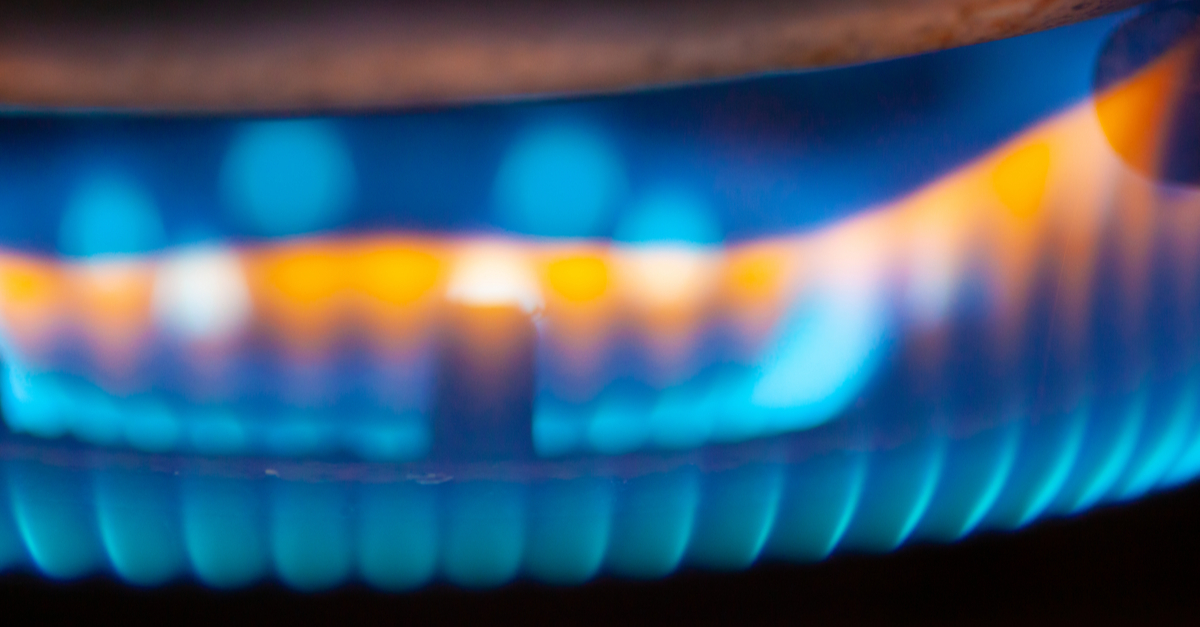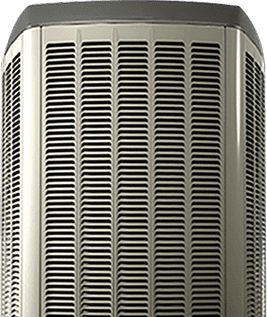How To Determine Which Type & Size of Furnace is Ideal for Your Home

Which Type Of Furnace Is Ideal For Your Home?
Buying or upgrading your furnace system can seem daunting. For the most part, our relationship with our home heating systems consists of us setting the thermostat and walking away.
However, if you believe your current furnace isn’t up to snuff or if you’re ready for an upgrade, there are a variety of factors to consider before you start shopping.
Thankfully, the highly trained HVAC professionals at Furnasman are here to help you wade through the sea of variables and find the perfect furnace for your home.
What Type of Furnace is Right For You?
Most homes in North America are already fitted with a central heating system. Depending on your home, budget, location, and needs, you might want to consider different types of furnaces to match your lifestyle.
Furnaces can be gas-powered, oil-powered, electrical, or modulating.
- Gas-powered furnaces are the most common types in North America. Gas is used to ignite the burner, heating the air inside the furnace before it is blown out through the duct system to heat your home.
- Oil-powered furnaces operate the same way as gas furnaces but rely on oil instead of gas for fuel. This option is most often found in colder regions or in homes that can’t be connected to a gas line.
- Electrical furnaces use heating elements inside the unit to heat the air before blowing it through the duct system. Electrical furnaces are often more expensive up front, but they can also be some of the most fuel-efficient available and save you money in the long run.
- While other furnaces usually heat up to the thermostat’s setting then shut off, modulating furnaces are consistently running to provide precise temperature settings. These furnaces operate at a high-efficiency rate but typically cost more initially.
Once you decide on the type of furnace you want, the next step is to determine the size of the furnace best suited to your needs and the size of your home.

How Furnace Sizes Are Measured
There are many factors to consider when picking the right size of furnace for your home. You have to take into account the size of your home, the amount of heat your furnace produces (in BTUs), and how efficient the furnace is.
Furnaces measure heating capacity in BTUs (British thermal units). A BTU is the amount of heat required to raise the temperature of one pound of water by one degree Fahrenheit. The average furnace typically produces between 80,000 and 100,000 BTUs an hour.
The next factor to consider is the efficiency of the furnace. Every furnace is rated with an Annual Fuel Utilization Efficiency (AFUE) rating. All gas-powered furnaces in Canada are required to have a minimum rating of 90% AFUE, but more efficient furnaces can reach up to 97% efficiency.
The total amount of BTUs produced by your furnace is calculated by comparing the efficiency rating to the heating capacity.
For example, if you have a furnace that has the capacity to produce 100,000 BTUs of heat an hour, but the furnace only has an 85% AFUE rate, the actual amount of heat the furnace is producing is only 85,000 BTUs. The higher the AFUE rating, the more efficient your furnace is at producing heat.
Sizing Your Furnace for Your Home
Sizing a furnace for your home can be the most complicated step in your purchasing process.
The size of your home can have a huge impact on how well your furnace maintains heat, as the size, age, orientation, windows, and insulation all play a part in the furnace’s operation. Because of how complicated this is, HVAC professionals have devised an equation called the Manual J Load calculation to find the optimal size of furnace you need for your home.
If You Want It Installed Right, Call Furnasman
There are many factors to consider when choosing the right furnace for your home. Our HVAC experts at Furnasman are more than ready to help you get the furnace perfectly matched for your budget and your home. Call us today and start making the most of your home’s heating!
